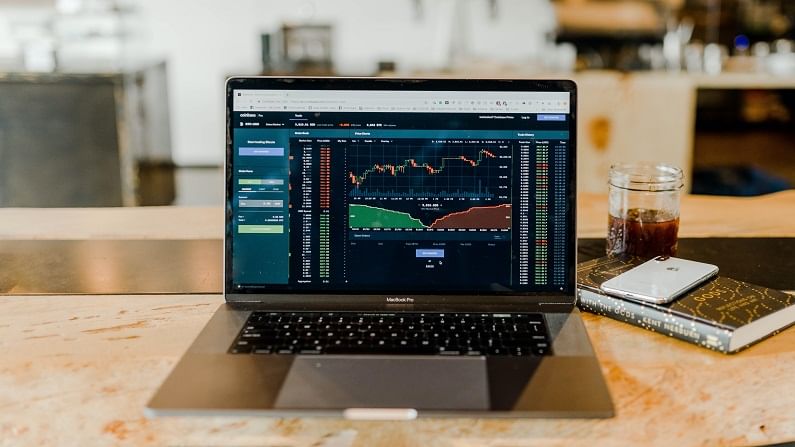Research agency detects slowest pace of decline in economic activity in past two months
QuantEco has said its economic activity index recorded the slowest pace of contraction since the week ending March 14 even as SBI and Barclays pegged nominal GDP loss around Rs 5.4-6 lakh crore in Q1

Has the dip in economic activity flattened out? Though none would stick out his neck to comment, Daily Activity and Recovery Tracker of QuanEco, a research agency in business economics and financial market intelligence, points towards a flattening of the contraction in economic activity that is continuing in the country since March 7 for 11 consecutive weeks.
The report came just a day ahead of State Bank of India and Barclays coming out with a probable nominal GDP loss of Rs 6 lakh crore and Rs 5.4 lakh crore in Q1 of FY22.
According to QuantEco, the economic activity index remained in the contraction mode in 15 weeks since the week ending January 3.
Slowest decline
“On a week-on-week basis, the index contracted by 0.1% for the week ending May 23, the slowest pace of decline in the past two months,” noted the report.
The observations would spread hope in vast sections of the economy that are weighed down by dipping consumer confidence and declining consumer demand.
While the index fell by as much as 12.3% for the week ending April 25, the declines almost steadily fell by lower and lower rates in the weeks ending on May 2 (-8.15%), May 9 (-6.1%), May 16 (6.4%) and May 23 (-0.1%).
Unemployment
The report on May 23 observed continued decline in urban unemployment levels, electricity generation and E-way bills generated. E-way bills are bills for movement of goods and its decline indicates less movement of goods in the country that is a direct indicator of a slowdown in demand. A GST-registered individual is not allowed to move goods in a vehicle worth more than Rs 50,000 without a E-way bill.
Significantly, the 30-day moving average of unemployment rate measured by Centre for Monitoring Indian Economy (CMIE) has been creeping up over the past few days. From May 7, this measure rose steadily from 7.83% to 10.77% on May 24.
In April unemployment rate in the country, as measured by CMIE, jumped 7.97% from 6.50% in March. The urban unemployment rate rose from 7.27% in March to 9.78% in April.
Unemployment is used when a person actively looks for a job but is unable to find one.
Respite
Despite the dip in these indicators the report also noted that “The slowdown in the pace of loss of economic activity comes as a respite on the heels of the second Covid wave now in its second week of decline at an all-India level.”
The agency also said that in June the states are expected to ease lockdowns in a separate and staggered way just as they entered the restrictive phase.
Lockdowns
“While some states are likely to ease the restrictions on curbs, others may continue to see lockdowns getting stretched well into the next month. However, the magnitude and impact of the second wave along with a widely speculated impending third wave will mean that exit from lockdowns will be guarded and gradual at best,” said the report.
It also said that the recovery of growth is likely to be drawn out and might be U-shaped compared to the much-discussed V-shaped rebound in FY21.
Since the beginning of this calendar year, QuantEco economic activity index remained in the positive zone only between the weeks ending January 24 (+4%), January 31 (+3.2%), February 7 (+1.5%) and February 14 (+3%) and in the two weeks ending January 3 (+0.8%) and March 7 (0.7%).
The lockdown in many major states have triggered the triad of dipping consumer confidence, declining consumer demand and shrinking economic activity. While it can push back the much-anticipated economic revival to the second half of FY22, a possible third wave can ruin all these projections.
Q1 early estimates
With more than a month left for the quarter to end, State Bank of India and Barclays have come out with projected nominal GDP losses for the first quarter of FY22. While SBI Research report pegs it at Rs 6 lakh crore, Barclays has put it at Rs 5.4 lakh crore.
In comparison, the loss of GDP to the first wave of Covid in Q1 of FY21 was Rs 11 lakh crore, the SBI Research report mentioned.
The real loss to GDP in Q1 might be Rs 4-4.5 lakh crore, SBI said.